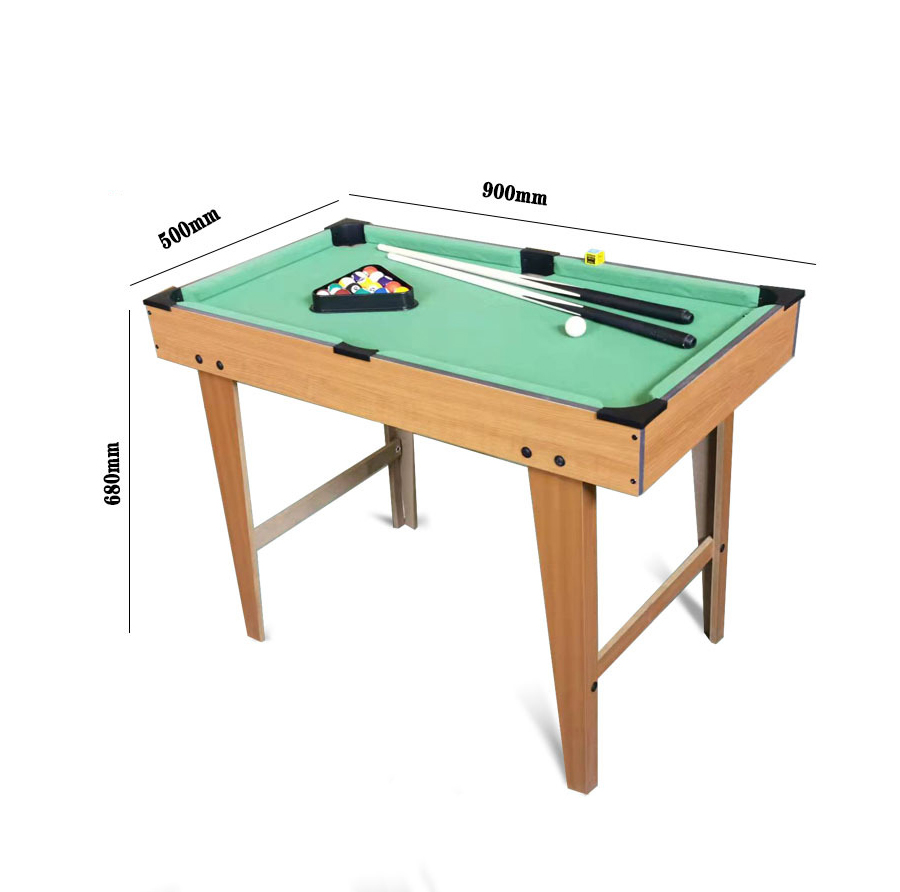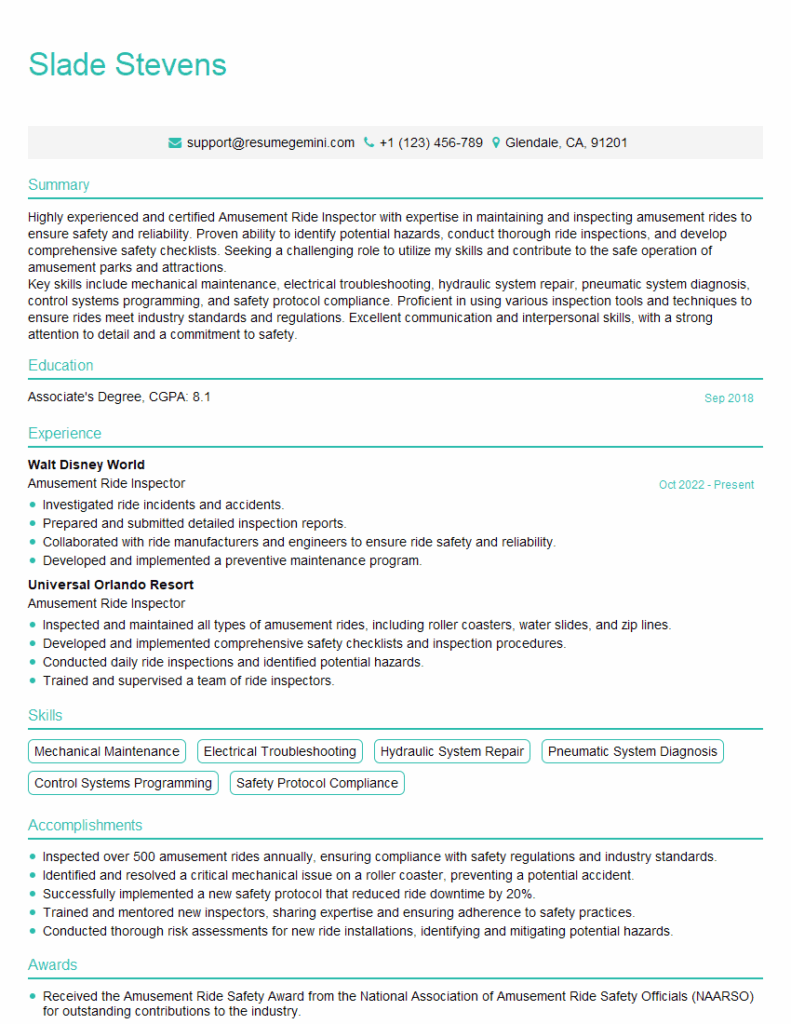Drowning Prevention: A Lifesaving Priority for Pool Owners
Tragically, drowning is the leading cause of accidental death among U.S. children aged one to four. As National Water Safety Month kicks off in May, it serves as a critical reminder for parents, guardians, and pool owners to adopt vigilant safety measures. During this time, PoolRepair.fyi encourages you to assess your pool’s safety protocols. Renowned water safety expert Dr. Adam Katchmarchi recently shared invaluable insights on the Pool Magazine Podcast, emphasizing practical steps we can take to prevent these heartbreaking accidents.
Why Pool Safety Month is Essential
The arrival of May signals the onset of the swimming season when private pools open and public aquatic facilities launch their operations. As highlighted by Katchmarchi, it’s a prime moment to reinforce water safety awareness. Simplifying your approach to safety can enhance its effectiveness. Implementing easy-to-follow drowning prevention measures can significantly boost the safety of your pool environment.
Identifying Drowning Risks and Locations
An alarming 70% of toddler drownings occur during non-swimming activities, illustrating the importance of constant vigilance. Often, young children can wander unsupervised toward water features. Backyard pools and nearby water elements, like ponds or creeks, can become hidden hazards without appropriate barriers.
Incorporating safety measures such as fencing can create a vital layer of protection. As Katchmarchi suggests, physical barriers are crucial in making your pool environment childproof and preventing access to these tempting yet dangerous water features.
The Danger of Overconfidence in Swimming Skills
Overconfidence about a child’s swimming capabilities can lead to unexpected accidents. Parents often overestimate their child’s swimming ability, which underscores the need for periodic swim lessons. Katchmarchi advises that swim skills should be regularly nurtured and reassessed to ensure a robust level of water safety.
It’s also crucial to recognize that proficiency in a controlled pool environment may not translate to open waters like lakes or rivers, which present additional challenges such as currents and colder temperatures.
The Silent and Swift Nature of Drowning
Drowning can happen quickly and often in silence, without any cries for help. This reality demands relentless and active supervision around pools. Katchmarchi debunks the misconception that having multiple adults nearby guarantees watchful oversight. Instead, appointing a “Water Watcher” can ensure dedicated supervision.
Using Water Watcher cards, provided by organizations dedicated to water safety, can be an effective way to remind individuals of their supervisory duty.
High-Risk Groups and Early Swim Skills
While children aged one to four face the highest drowning risks, those with autism are disproportionately affected, being 160 times more likely to drown. The allure of water for these children necessitates specialized precautions and early swim training.
Skill-building activities like floating and breathing techniques can start as early as six months old, enhancing water safety and fostering a love for swimming.
A Multi-Layered Safety Strategy
Swimming skills alone are insufficient for complete water safety. A robust strategy should include multiple safety layers: vigilant supervision, physical barriers, adequate alarms, comprehensive swim skills, and emergency preparedness. Combining these elements minimizes risks and prepares for any contingencies.
Understanding that accidents can happen swiftly reinforces the importance of building a thorough safety net through a combination of structural and educational solutions.
Safety Responsibilities Beyond Personal Use
With the burgeoning popularity of pool-sharing platforms, pool owners are responsible for ensuring safety, even for guests. A practical rental safety checklist can help, comprising prominent displays of the pool’s address, identification of safety equipment, and clear communication of rules.
It’s essential to highlight potential hazards, such as pool depth, and provide tools like life rings and reaching poles, showing guests how to use them effectively.
The Role of Technology in Pool Safety
Emerging technologies, including AI-driven systems and smart alarms, offer promising enhancements to pool safety. However, these tools should complement—not replace—physical barriers, attentive supervision, and established swim skills.
In commercial pool settings, technology may assist lifeguards but should not undermine their central role. In residential pools, smart alarms provide alerts but are part of a larger safety framework.
Fundamental Pool Safety Practices
A frequently overlooked safety measure is setting clear, enforceable rules. Activities like breath-holding contests or diving into shallow water can pose significant risks. Owners must communicate and enforce these rules to prevent accidents.
Modeling safe behaviors is equally important. By setting a positive example, you influence safer habits among visitors, friends, and family members.
The Pyramid of Pool Safety
The Pyramid of Pool Safety is an invaluable framework advocating a layered approach to drowning prevention. Safety devices form the foundation, including essential tools like life rings and reaching poles, which significantly lower drowning fatalities.
Adding safety barriers, such as isolation fences and covers, dramatically reduces drowning risks. Proven swim skills and diligent supervision complete the pyramid, offering comprehensive protection.
Collectively, these measures stack their protective benefits, reducing risks and enhancing the safety of your pool environment.
Immediate Action Step: Swim Lessons
Katchmarchi emphasizes enrolling children in swim lessons as an effective immediate step toward enhancing pool safety. Lessons build essential skills that substantially lower the risk of drowning.
Concluding Insights
National Pool Safety Month is an opportunity to reaffirm your commitment to water safety. Whether you’re a pool owner or a caretaker, the proactive steps you take today can save lives.
Engage with resources available through organizations like the National Drowning Prevention Alliance and leverage tools like Water Watcher cards and safety checklists. Familiarize yourself with indispensable frameworks such as the Pyramid of Pool Safety available on PoolRepair.fyi, and continue learning through platforms like the Pool Magazine Podcast.
A few thoughtful actions today ensure that all poolside memories remain safe and enjoyable in the future.
Listen to Dr. Adam Katchmarchi discuss comprehensive pool safety measures on the Pool Magazine Podcast for more insights.
#PoolSafety #DrowningPrevention #SwimLessons #WaterSafety #PoolRepair





